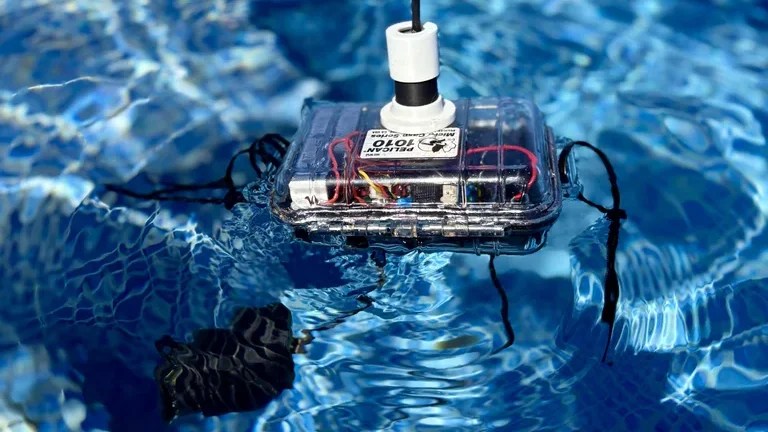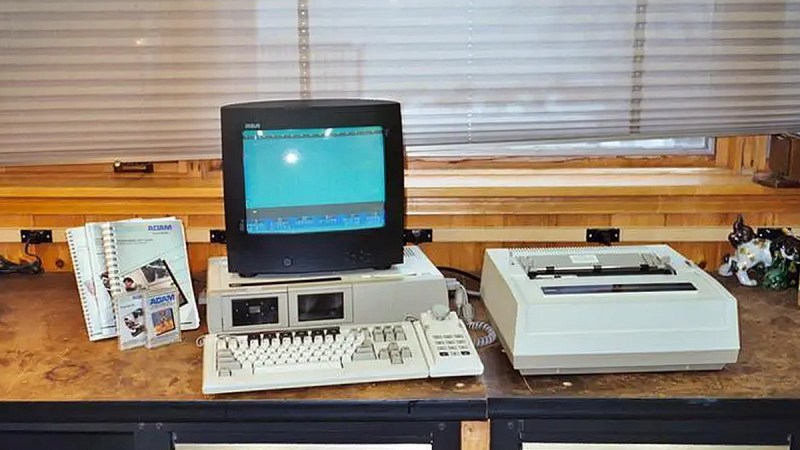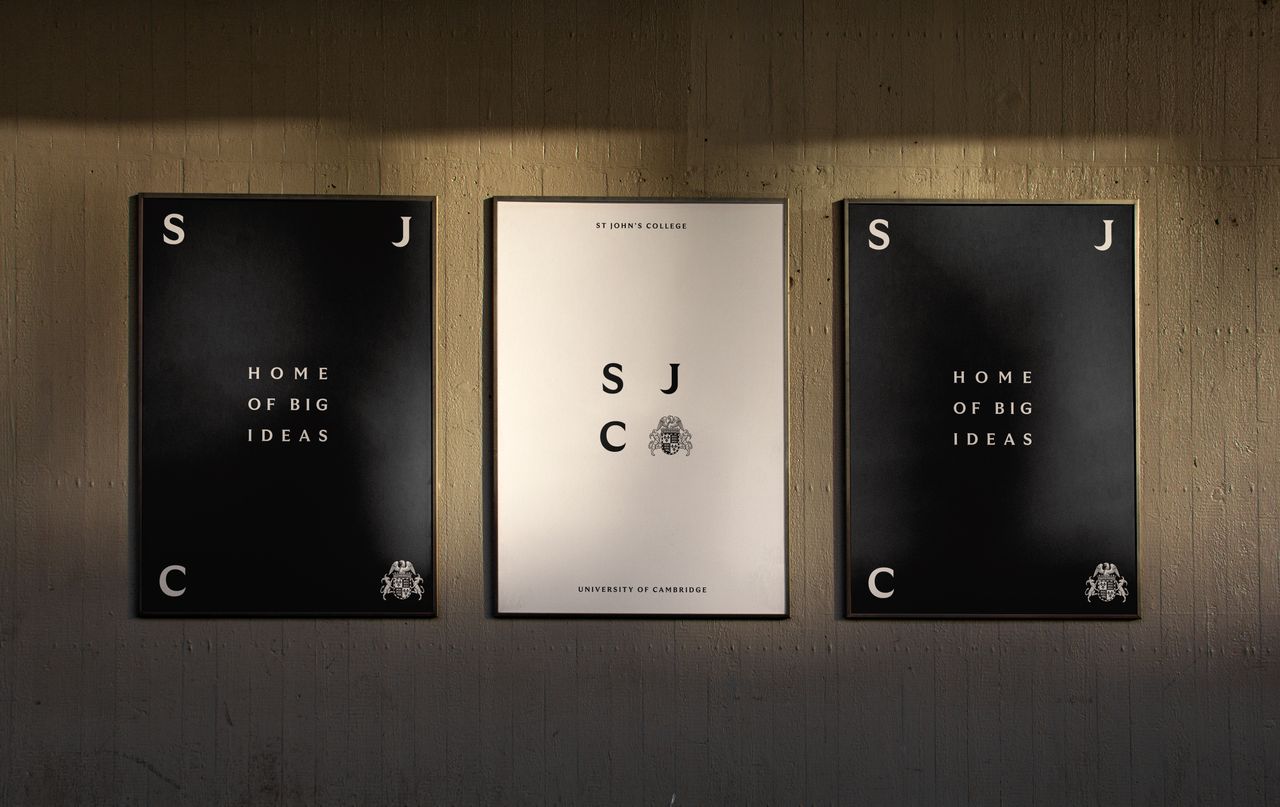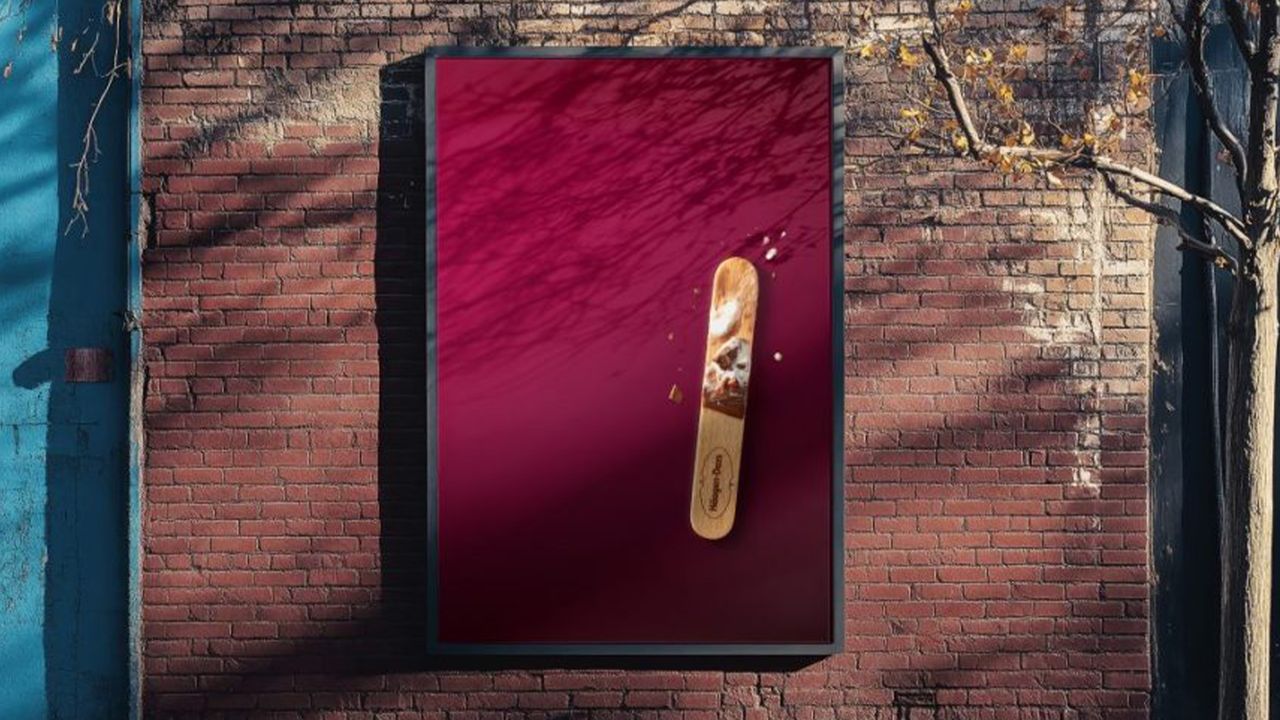Descenders Next is out now on Xbox consoles and PC. You can ride down the slopes if you feel like it. There's been some chatter about a false start, but I guess it's finally here. If you're into biking games, maybe give it a shot? Or not. Whatever.
#DescendersNext
#Xbox
#PCGaming
#BikingGames
#GamingNews
#DescendersNext
#Xbox
#PCGaming
#BikingGames
#GamingNews
Descenders Next is out now on Xbox consoles and PC. You can ride down the slopes if you feel like it. There's been some chatter about a false start, but I guess it's finally here. If you're into biking games, maybe give it a shot? Or not. Whatever.
#DescendersNext
#Xbox
#PCGaming
#BikingGames
#GamingNews
1 Commentaires
·0 Parts














